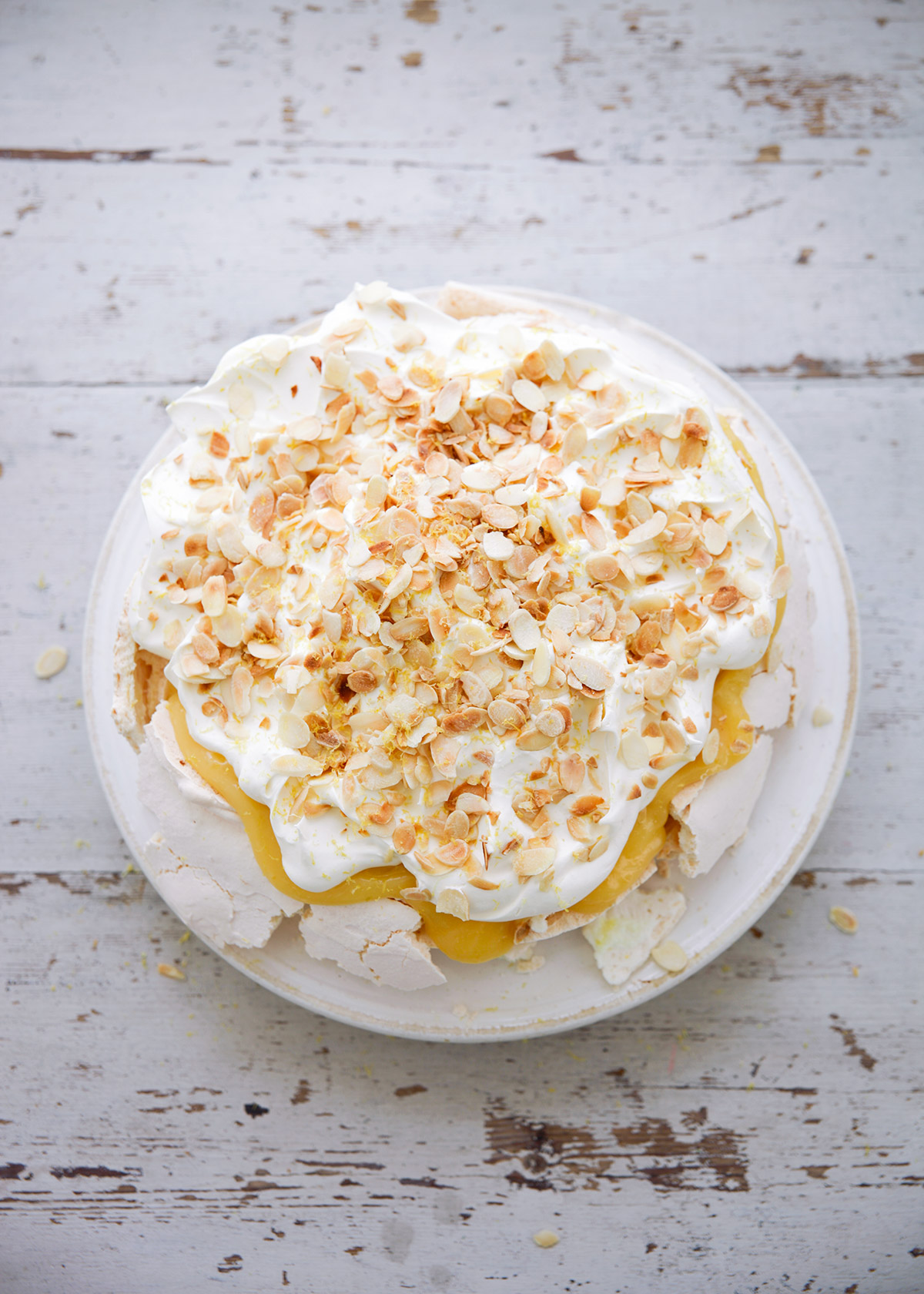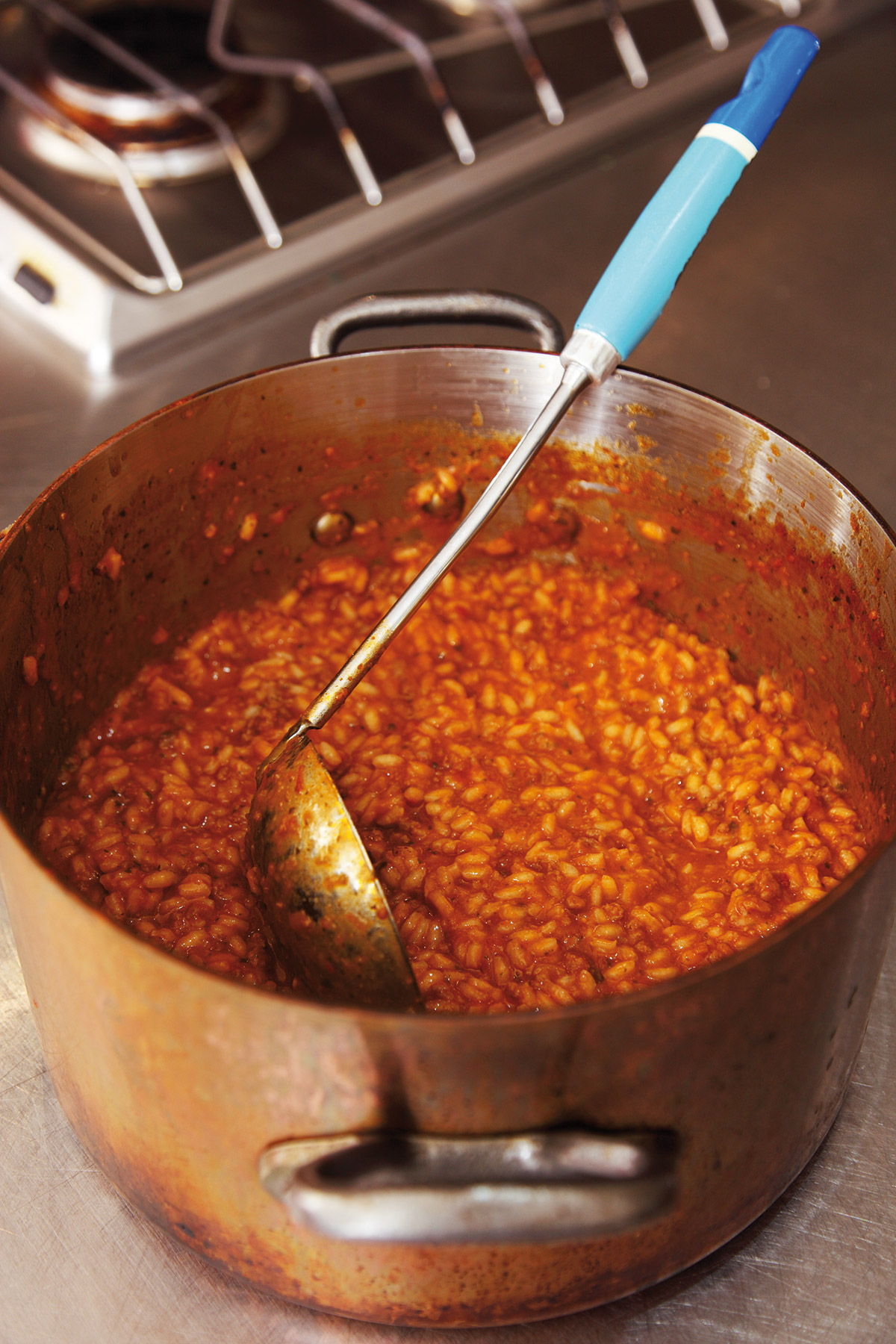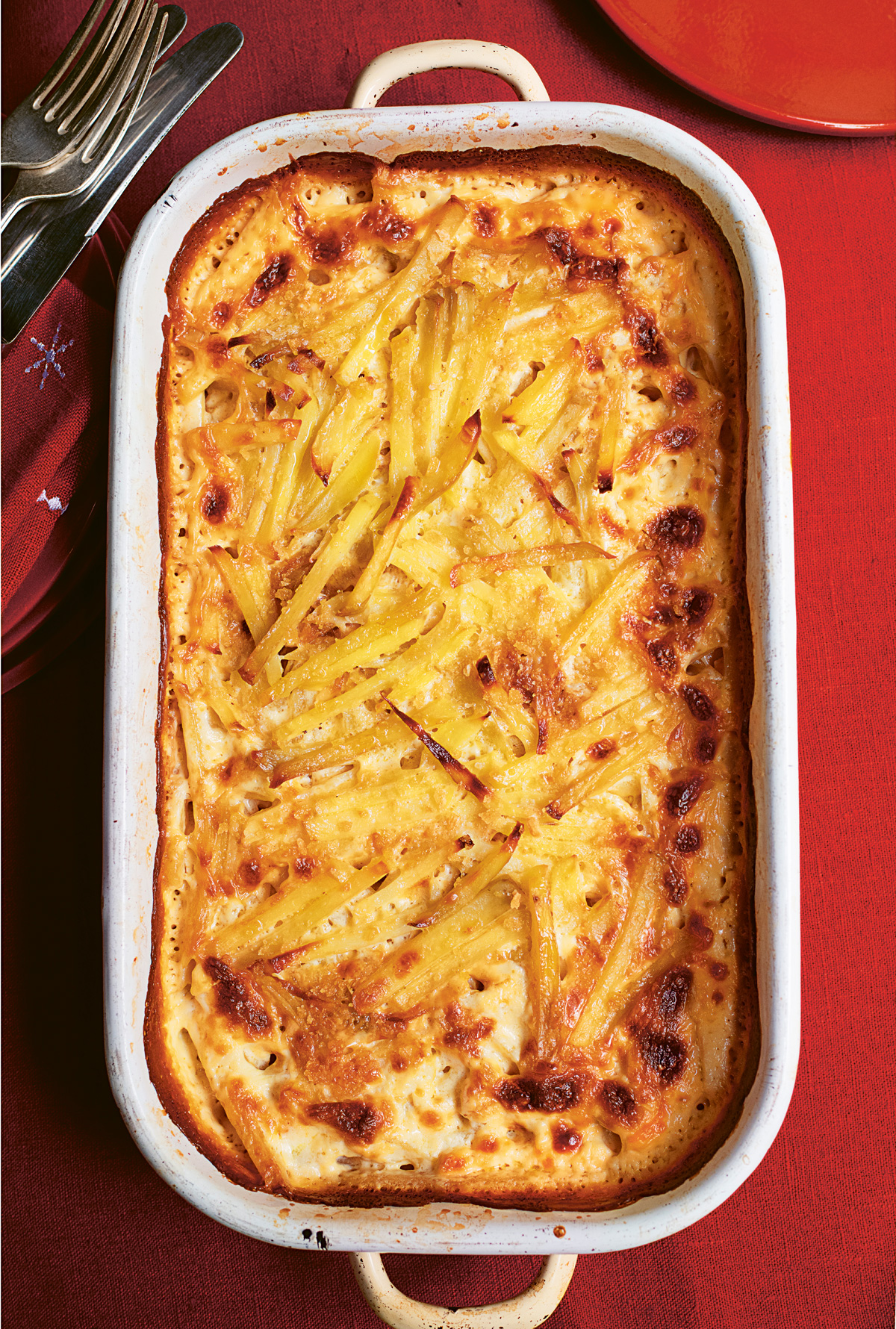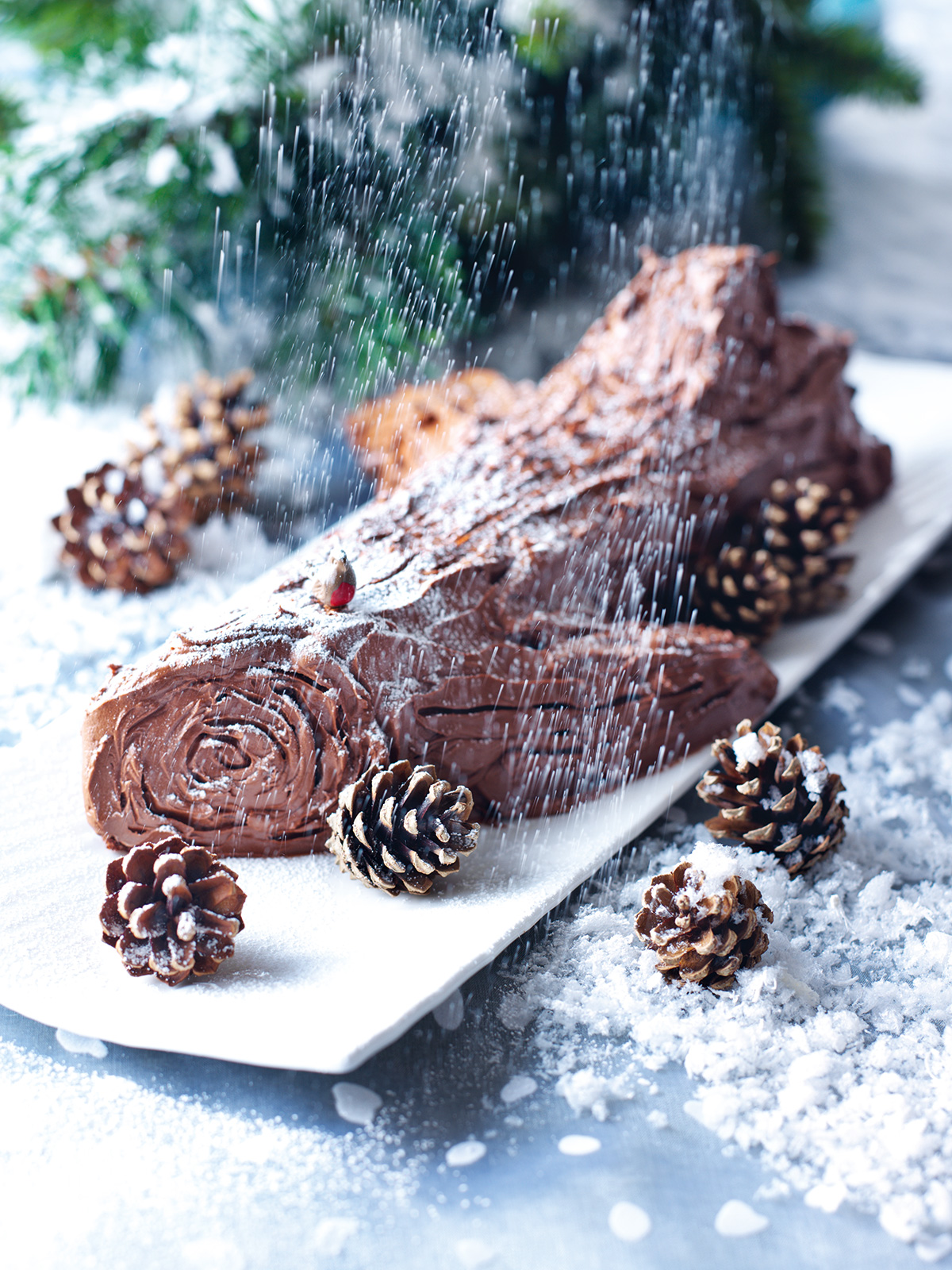Lasagne of Love | Nigella's Recipes | Nigella LawsonyoutubepinteresttwitterfacebookinstagramvimeowhatsappBookmarkEntriesBURGER NEWChevron DownChevron LeftChevron RightBasketSpeechCommentSearchVideo Play IconNigella LawsonPremiumNigella LawsonVeganVegetarianMemberSpeechRecipeEmailBookmarkCommentCameraScalesQuantityListReorderRemoveOpen book
Your folders
Your folders
Servings: 10.5
Author : Nigella

Ingredients
Export 26 ingredients for grocery delivery
Instructions
Chop the onions, dropping the peeled skin into a saucepan big enough to make the béchamel shortly. I use one 22cm / 9inches in diameter and 9cm / 3½ inches deep.In a large, heavy-based casserole or pan that comes with a lid — I use an enamelled cast-iron casserole of 26cm / 10 inches diameter, with a capacity of 5.3 litres / 5¼ quarts, and wouldn’t advise going any smaller — warm 3 tablespoons of the oil and, over medium-low heat, cook the onions for 5 minutes, then turn down to low and cook for a further 15 minutes, stirring every now and again until the onions are beginning to soften and colour.While the onions are cooking, first stir the tomato purée into the 125ml / ½ cup of milk, and set aside for a mo. Peel the carrots if they need it (if they’re organic, or the skin looks tender, I don’t bother) and chop them each into 3 or 4 pieces, dropping them into the bowl of a food processor and the peelings and any discarded pieces into the saucepan with the onion skin. Tear the celery into pieces and add to the processor, then peel the garlic (dropping the peelings into the béchamel pan) and add the cloves to the processor. Cut the pancetta (or bacon) up a bit and add to the processor as well, along with the parsley (you can use all the tender stems too). Strip enough thyme leaves from the stems to give you 1 tablespoon, add this too (or use 1 teaspoon of dried thyme) and blitz until everything is finely chopped, but not mush. Obviously, you could chop everything by hand. In which case, don’t drive yourself mad trying to get everything as fine as the processor version.When the 15 minutes is up on the onions, heat the oven to 170℃/150℃ Fan/325°F. Scrape every last bit of the bacony vegetable mixture from the processor into the pan, turn the heat up to medium-high, stir well and cook for 5 minutes, then turn the heat down again to medium-low, sprinkle in the chilli flakes, and cook for another 5 minutes.At this stage, I feel I should tell you to remove all the vegetables in order to brown the meat properly, but I have taken to simply adding it on top of what’s in the pan already. So, turn the heat to high, crumble in the minced beef and pork and turn well in the pan for about 5 minutes. If you need to add another tablespoon of oil, do.Add the wine (or vermouth), let it bubble up, and then pour in the beef stock, the tins of chopped tomatoes, the tomato purée and milk mixture, salt and bay leaves and bring to a bubble. Taste to see if you want to add any more salt, and then clamp on a tightly fitting lid and transfer to the oven, leaving it to cook for 1 hour.Straightaway, pour the litre / 4 cups of milk for the béchamel over the vegetable peelings, add the salt, pepper and bay leaves, and bring almost to the boil, but don’t let it boil. Turn off the heat, cover with a tightly fitting lid (which will stop it from getting a skin, as well as making the flavours infuse better) and leave while the meat sauce cooks. When the meat sauce has been in the oven for 45 minutes, strain the milk into a large batter jug. If, when all the milk has dripped through, you are short of your full litre, just pour in a little more milk to top up.Clean out the pan (just with water’s fine, you don’t need soap), dry it well and melt the butter in it, then add the flour and mix together, over medium heat, for a couple of minutes, forming your roux, and cooking it a little; you should have a dingy primrose paste that, somehow, magically, seems to come away from the pan and cleave to itself as you stir and move it about.Take the pan off the heat, swap your wooden spoon for a whisk, preferably a little one that's good for removing lumps, and slowly whisk in the milk. Don't worry, by the way, that the milk (thanks to the onion skins) will have a slightly peachy tone about it. I rather like it, actually, not that it is visible in the finished sauce.When all the milk is whisked in, carry on whisking until you've got a smooth cream in the pan, and then put back on the heat, lowish, and keep whisking until you have a very, very thick sauce, with all taste of flouriness banished; this will take 5-7 minutes. Off the heat, quickly whisk in the 3 tablespoons of Parmesan and then scrape every last bit back into the batter jug, tasting for seasoning as you go.Take the meat sauce out of the oven, and give a gentle stir with a large ladle. Once you can taste it without burning your mouth, check for seasoning: it may well need more salt; do not be timid.Now, it's just a matter of layering up. My lasagne dish measures 24 x 35 x 6cm / 9½ x 14 x 2½ inches and it's a pretty tight fit. Sit the dish on a baking tray. Line the dish with a couple of ladlefuls of the meat sauce, aiming to get more liquid than meat, and cover with a layer of lasagne sheets. I get 4 sheets in the bottom layer but find that for subsequent layers I need extra, which I snap into pieces for patching gaps. Put a couple more ladlefuls of the liquidy bit of sauce into a jug or bowl, and set aside for now.Put a third of your béchamel on top of the lasagne sheets and use a spatula to help spread it a little, but don't worry about making an absolutely even, edge-to-edge covering. Top with a third of your remaining meat sauce, then cover with another layer of lasagne sheets, followed by your second third of béchamel, second third of meat sauce and third layer of lasagne sheets. Add your remaining béchamel and meat sauce in order and top with a final layer of pasta sheets and then add the set-aside liquidy meat sauce to cover, pressing down if you need to make sure the top layer of pasta is, if not submerged exactly, then lightly covered. Leave now for at least 30 minutes, but longer (up to 2 days) if needed; if you're leaving it for more than about 2 hours, you will need to refrigerate it.When you are ready to bake your lasagne, heat the oven to 200℃/180℃ Fan/400°F. Finely chop or shred the mozzarella and sprinkle over the top of the unbaked lasagne, then sprinkle over the Parmesan. Cover with foil, trying not to press it down on the top of the lasagne, and bake for 40 minutes (if it's been refrigerated it'll probably need 1 hour). Remove the foil (pull off any cheese that's stuck to it and add it back to the top of the lasagne) and cook for a further 30 minutes until it's slightly scorched in parts, the cheese gooey, the pasta swollen and runkled on top, and everything piping hot all the way through.Leave to stand, if you can bear it, for 20-30 minutes before diving in.
Top similar recipes
Curated for youYour folders

 202 views
202 viewsMeatballs | Nigella's Recipes | Nig...
nigella.com
Your folders

 148 views
148 viewsMeatzza | Nigella's Recipes | Nigel...
nigella.com
Your folders

 224 views
224 viewsMinestrone | Nigella's Recipes | Ni...
nigella.com
Your folders

 123 views
123 viewsBrownies | Nigella's Recipes | Nige...
nigella.com
Your folders

 560 views
560 viewsLemon Pavlova | Nigella's Recipes |...
nigella.com
Your folders

 369 views
369 viewsMulled Cider | Nigella's Recipes | ...
nigella.com
Your folders

 312 views
312 viewsClementine Cake | Nigella'S Recipes...
nigella.com
Your folders

 295 views
295 viewsRisotto Bolognese | Nigella'S Recip...
nigella.com
Your folders

 357 views
357 viewsJansson'S Temptation | Nigella'S Re...
nigella.com
Your folders

 371 views
371 viewsYule Log | Nigella's Recipes | Nige...
nigella.com
Your folders

 204 views
204 viewsTuscan Fries | Nigella's Recipes | ...
nigella.com
Your folders

 176 views
176 viewsMini Pavlovas | Nigella's Recipes |...
nigella.com
Your folders

 118 views
118 viewsRicotta Hotcakes | Nigella's Recipe...
nigella.com
Your folders

 125 views
125 viewsSpaghetti Carbonara | Nigella's Rec...
nigella.com
Your folders

 205 views
205 viewsChocolate Cheesecake | Nigella's Re...
nigella.com
Your folders

 90 views
90 viewsGrapefruit Margarita | Nigella's Re...
nigella.com
Your folders

 195 views
195 viewsDrunken Noodles | Nigella's Recipes...
nigella.com
Your folders

 198 views
198 viewsCherry Cheesecake | Nigella's Recip...
nigella.com
Your folders

 186 views
186 viewsHappiness Soup | Nigella's Recipes ...
nigella.com